The Scandinavian design, identified by its minimalistic, functional, and deeply rooted ties with nature, has captivated the attention of many interior design enthusiasts globally. This design style, which hails from the Nordic countries, has transcended the boundaries of these Northern European nations and has found a place in the heart of contemporary design worldwide. This essay delves into the world of the Scandinavian living room design style, unraveling its fundamental principles, crucial elements, and practical tips on how to create your own. Diving deeper, it showcases real-world examples, guiding readers through conception to actualisation of this iconic design.
Understanding the Basics of Scandinavian Living Room Design
Scandinavian Living Room Design Basics
Scandinavian living room design is rooted in the tripartite philosophy of simplicity, functionality, and connection to the natural world. Originating in the Nordic countries of Denmark, Norway, Sweden, and Finland, this design style effortlessly combines clean lines, minimalism, and practicality, reflecting the beautiful simplicity of these countries’ landscapes.
Minimalism is a key component of the Scandinavian aesthetic. Furnishings and decorations are kept to a bare minimum in a minimalist setting. Clutter is avoided, leaving ample room for movement and creating an airy, spacious feel. This sparseness also places a premium on each individual item in the room, ensuring that each piece has a distinct purpose or function that contributes to the overall comfort or aesthetic of the space.

Functionality is another important aspect of Scandinavian design. Furniture and other items in the room are designed with purpose and practicality in mind. Seats are comfortable, tables are sturdy and well-situated, and lighting is carefully considered to create a cozy, inviting atmosphere. This focus on functionality results in a living space that is both beautiful and highly usable.
The attention to natural elements is a hallmark of Scandinavian design. This style often incorporates natural materials like wood, leather, wool, and linen. These elements not only bring a touch of nature indoors but also create a textural richness that adds depth and interest to the living room space.
Color Palette in Scandinavian Design
The color palette in Scandinavian design is typically light and neutral. Whites, beiges, light grays, and pale blues are commonly used to create a bright and airy atmosphere that maximizes the natural light. Accent colors are often drawn from the natural world, including varying shades of green, blue, and brown.

Textures and Materials in Scandinavian Living Room
In the realm of texture and material, Scandinavian living room design frequently makes use of organic and natural materials. Soft and luxurious textiles like wool, linen, and sheepskins are often used to add warmth and coziness to the room.
Unfinished or lightly stained wood is another common feature, used in everything from flooring to furniture. This natural material adds an earthy, organic touch to the space while providing a subtle variation in texture.
It’s also common to see leather touches, whether in a couch or as accent pieces. This material brings warmth and quality to the Scandinavian design, providing a sense of sophistication while still remaining true to the natural and minimalist ethos.
Incorporating plants into the living room space is another typical feature of Scandinavian decor. Greenery not only contributes to the natural motif but also adds color and life to the room.
Scandinavian design, known for its beautiful balance of style and functionality, creates spaces that are as charming to dwell in as they are to the eye. By incorporating these essentials into your own living room, you can produce a welcoming, relaxing environment that embodies the best elements of Nordic design.
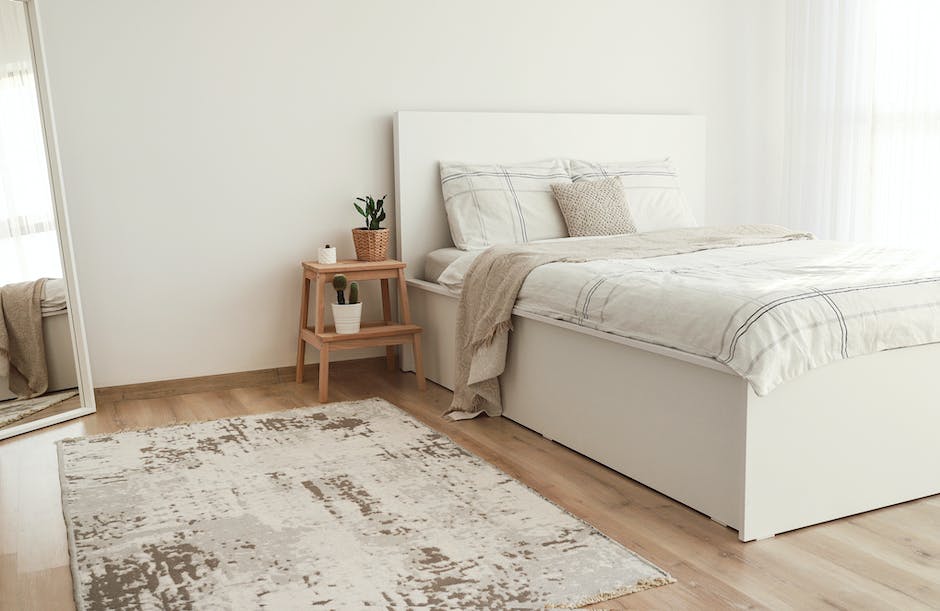
Key Elements of the Scandinavian Living Room
Exploring the Fundamental Elements of a Scandinavian Living Room
The key to capturing the spirit of a Scandinavian living room is in embracing a minimalist approach when it comes to furniture. Known for its simplicity intertwined with sophistication, Scandinavian furniture design utilizes streamlined silhouettes that merge form with function. Its standout features include clean contours, smooth curves, and a lack of ornate detailing, all of which contribute to versatile furniture pieces that exude practicality. Natural materials like wood, leather, and linen are integral, underlining a deep-rooted Scandinavian fondness for the outdoors and adding an inviting sense of warmth and coziness.
Bright, airy, and welcoming, a definitive trait of the Scandinavian design style is its masterful use of natural light. To maximize natural illumination, the walls are typically bathed in pale, neutral hues. Window treatments, if present, are generally minimal and light, often sheer, to allow maximum sunlight to filter in.
To offset the simplicity, warm textiles are generously incorporated in a Scandinavian living room, providing a comforting and homely ambiance. Texture is introduced through a curated selection of cushions, throw rugs, and woven wall hangings. The frequent use of woolen throws and shaggy rugs provide tactile interest while enhancing warmth.
A characteristic that makes Scandinavian design exceptionally intriguing is the harmonious balance struck between aesthetics and utility. Each item in the room doesn’t just cater to the eye but serves a specific purpose as well. Consistent with the Scandinavian design principle, the living space is crafted to be as functional as it is visually appealing. This is achieved through smart storage solutions, dual-purpose furniture, and an open layout that facilitates easy movement.
Unintrusive, neutral colors dominate the Scandinavian living room palette. These muted tones serve as a canvas, letting the forms, lines, and textures of the furniture and accessories take center stage. This again reinforces the Scandinavian preference for minimalism and functionality.
Finally, adopting indoor plants is a common practice in Scandinavian living room designs. This reference to nature imparts a refreshed, peaceful aura within the indoor space. From potted plants to vases filled with fresh blooms, a touch of greenery breathes life into the room, brilliantly encapsulating the serene and simplistic Scandinavian aesthetic.
Essentially, with its fusion of style and practicality, a Scandinavian living room doesn’t only radiate visual appeal but also offers a space genuinely comfortable to live in. By incorporating these elements, one can craft a Scandinavian living room that is as stylish as it is cozy.
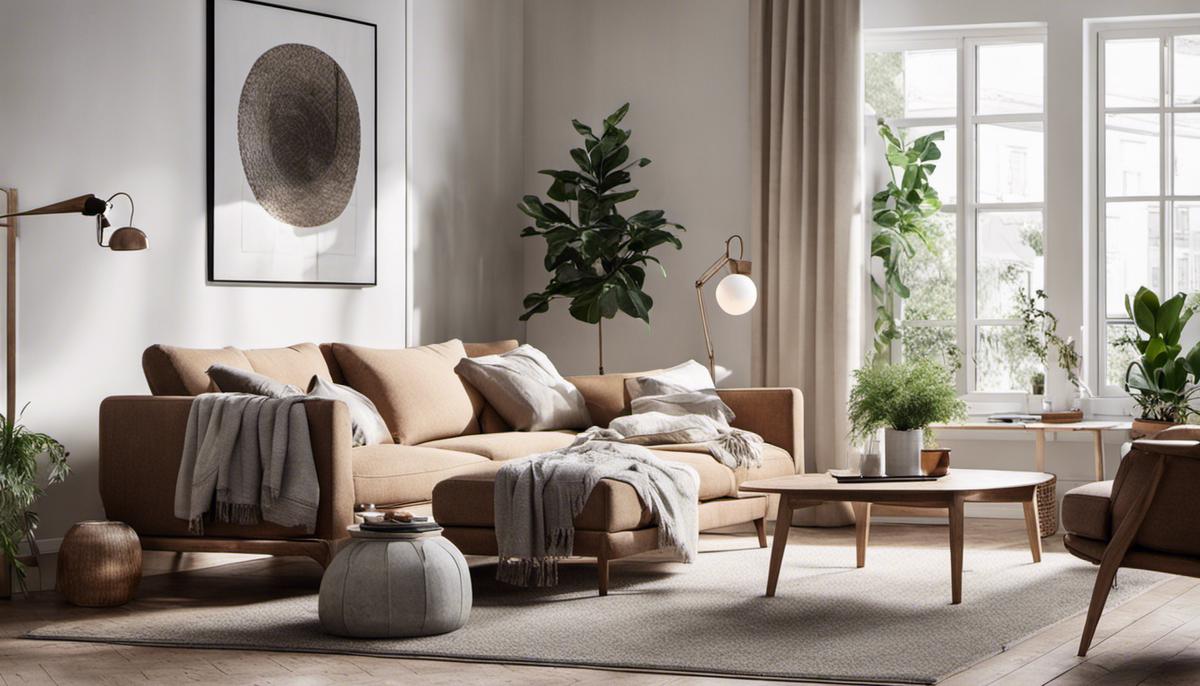
How to Create Your Own Scandinavian Living Room
Delving Deeper: The Essence of Scandinavian Style
Steeped in the ethos of Norway, Sweden, Denmark, Finland, and Iceland, Scandinavian design is a beacon of simplicity, functionality, and minimalism. Its defining features – clean lines, organic textures, and light-infused spaces – mirror the values of the Nordic regions. The timeless appeal and adaptability of Scandinavian design have solidified its standout position in the realm of interior decor. Infusing your living room with this Nordic style cultivates a sense of harmony and equilibrium that transforms the space into a welcoming haven.
Materials and Colors in a Scandinavian Living Room
Scandinavian style typically leans towards natural materials like wood, leather, wicker, and wool. Among these, wood is probably the most prevalent, often used in flooring, furniture, and accent pieces. The color palette in a Scandinavian living room is predominantly white and gray, to mimic the snowy landscapes of the Nordic countries. However, splashes of muted colors like soft pinks, blues, greens, or earth tones can also be used for accents.

Furniture Choices for a Scandinavian Living Room
When it comes to furniture, simplicity is key in Scandinavian decor. Furniture pieces with clean lines and natural materials are preferred. Pieces that are functional as well as stylish are a necessity, with a balance of form and function being the primary guiding principle. Companies like IKEA, Design Within Reach, and HAY are famous brands that offer a vast range of Scandinavian-style furniture.

Lighting and Decor in a Scandinavian Living Room
Lighting plays a vital role in Scandinavian living rooms. With extended periods of darkness in Nordic countries, lighting fixtures are often a standout feature in these spaces. Use a mix of floor lamps, table lamps, pendants, and sconces to create warm, inviting layers of light. Scandinavian decor pieces tend to be minimalist, with artwork, throws, and pillows being used sparingly but effectively. Houseplants and fresh flowers also play a significant role in adding character and life to the space. Brands like MENU, Ferm Living, and Marimekko offer a variety of Scandinavian-style decor items.
Creating a Scandinavian Living Room: The Balance of Minimalism and Comfort
When endeavoring to create a Scandinavian living room, patience is key. This style exudes a relaxed, minimalist aesthetic that emulates a comfortable, lived-in space. Avoid over-furnishing the room as it can evoke a feeling of congestion, thus diminishing the minimalist effect. A notable challenge lies in achieving the perfect equilibrium between stark minimalism and a cozy ambiance. It’s essential to aptly distribute textures and materials that add depth and warmth while keeping within the minimalistic boundaries of the design.
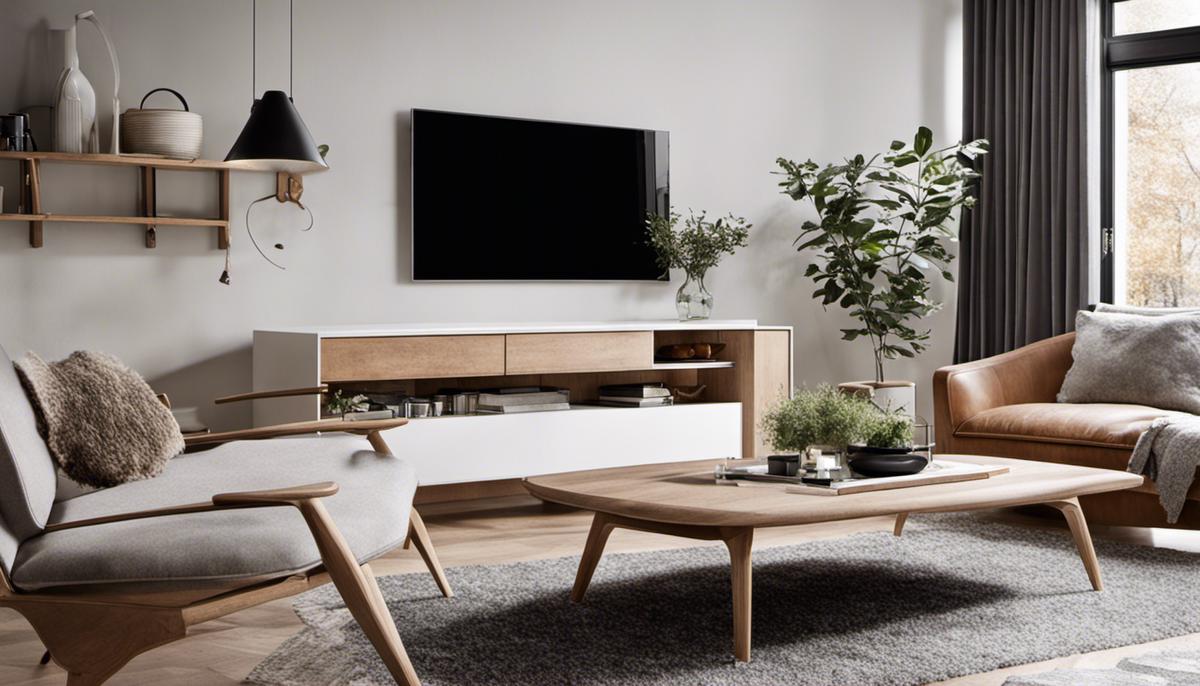
Real-World Examples of Scandinavian Living Rooms
The Scandinavian Living Room: An Ode to Simplicity and Function
In the realm of interior design, Scandinavian living rooms are recognized for their inherent simplicity, minimalism, and functionality. This design approach foregrounds the use of muted tones such as varying shades of white, gray, and beige. The intention is to allow natural light to flow freely, thus creating a serene and bright interior atmosphere. True to its practical nature, this design ensures that every piece of furniture bears a purpose, whilst not forsaking style and elegance.
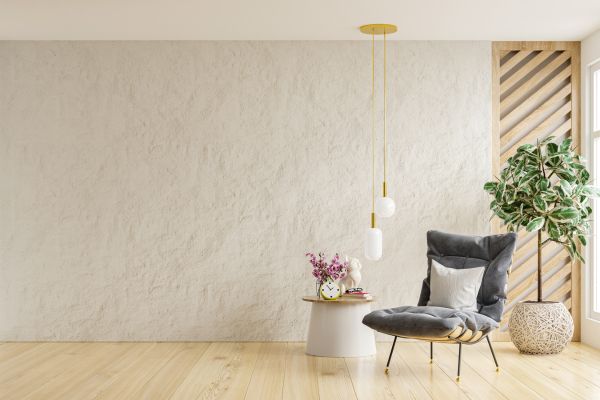
Bringing Nature Indoors
One notable Scandinavian living room found in a chic Stockholm apartment showcases a unique way of incorporating natural elements into the design. Tall and lush indoor plants are distributed all throughout the space, contrasting beautifully with the light wooden flooring and muted gray furniture. The room also featured unadorned windows, allowing a strong influx of natural light that brought emphasis to the plants and further amplified the airy ambiance. The owners consciously chose sleek, minimalistic pieces of furniture that didn’t distract from the natural beauty of the room, offering a concrete example of the affinity for functionality and nature in Scandinavian design.

A Blend of Old and New
In another example found in the heart of Copenhagen, homeowners successfully married antique elements with modern Scandinavian design. The living room in this home featured a warm color palette, predominantly made up of white and natural timber tones, but splashes of deep blue via an antique rug and throw pillows added depth and interest. This room also featured a mixture of old and new, with a mid-century modern sofa sitting alongside a vintage wooden coffee table. This harkens back to the Scandinavian penchant for sustainability and repurposing older items, while also exemplifying the versatility of the style in combining with other design aesthetics.
Monochromatic Magic
A monochromatic Scandinavian living room in Oslo presents a cool and calming atmosphere with its exclusive use of white and gray decor. The homeowners played with textures, patterns, and materials to add dynamism to the space. A pale gray sofa sits against a backdrop of textured white wallpaper and is complemented by throws and cushions with varied patterns. The effect is a living room that, despite its monochromatic theme, is anything but dull and showcases the Scandinavian love for simplicity.

Minimalistic and Child-Friendly
In a family-friendly home in Helsinki, a living room exhibits how the Scandinavian design can blend function, style, and child-safety. The color palette veers away from the usual whites and grays, incorporating pastel hues for a softer and more playful look. The furniture pieces chosen are modern in style, simplistic in design, and void of sharp edges—a clever nod to both aesthetic and safety requirements for a home with young children.
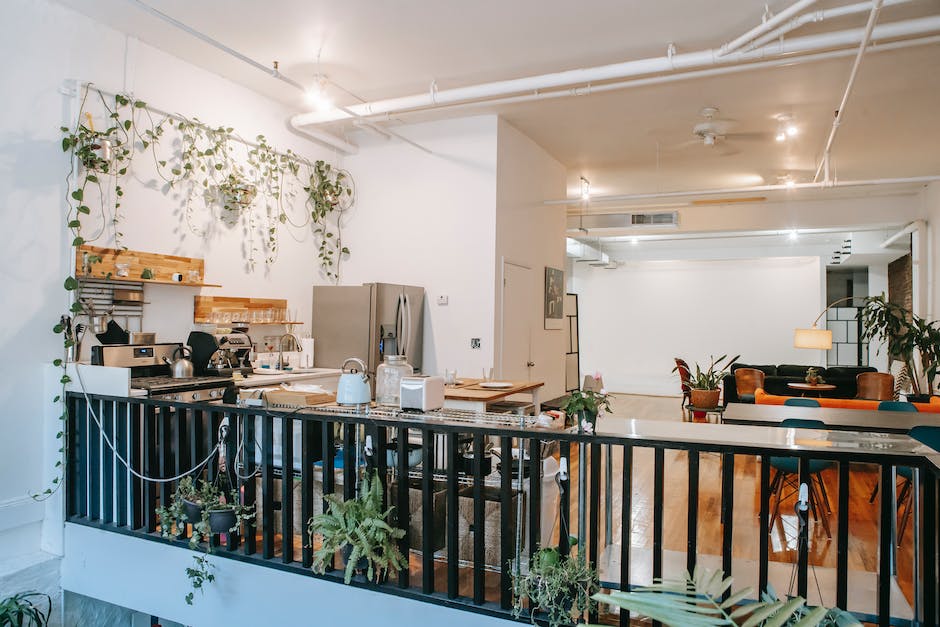
The journey of exploring the Scandinavian living room design reveals not only a style but a lifestyle, one that embraces simplicity, functionality, and an earnest connection with the natural world. By understanding these underpinning values, incorporating the key elements, and following the guidelines provided, an aspirant can breathe life into their living spaces and create that warm and cozy haven typical of Scandinavian homes. Coupled with specific brand recommendations for your home décor to real-world examples that paint a vivid picture, this exploration arms you with the necessary tools to transform your living room, bringing it into alignment with the harmony of Scandinavian design and living.

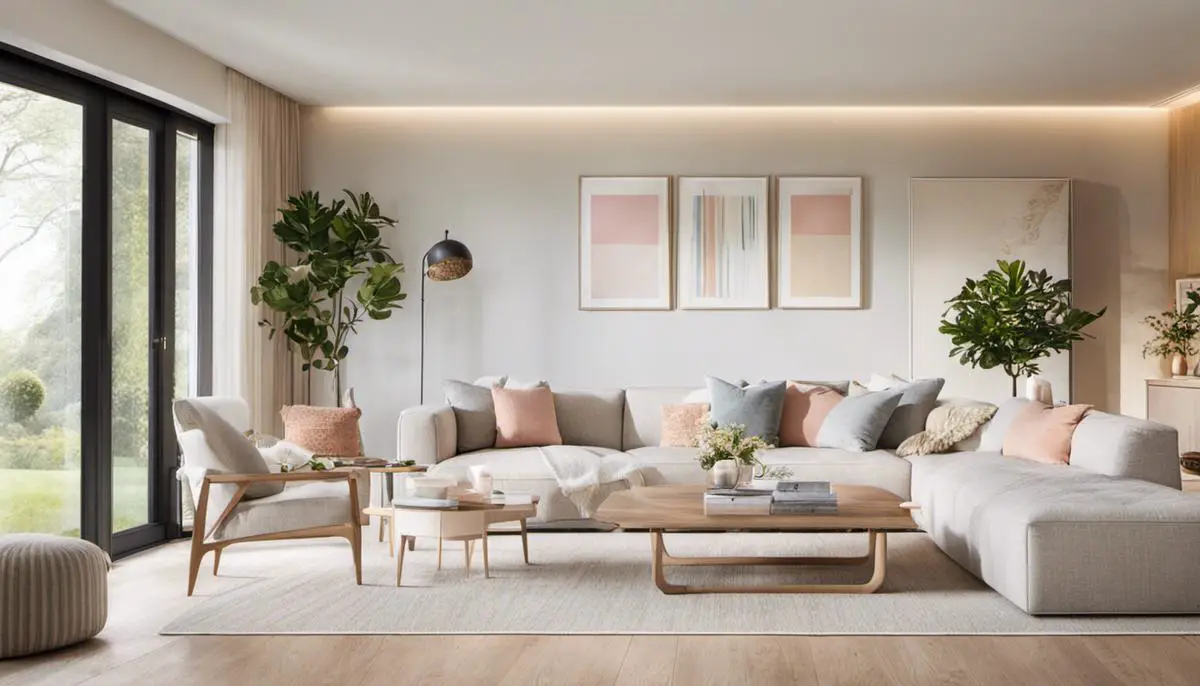
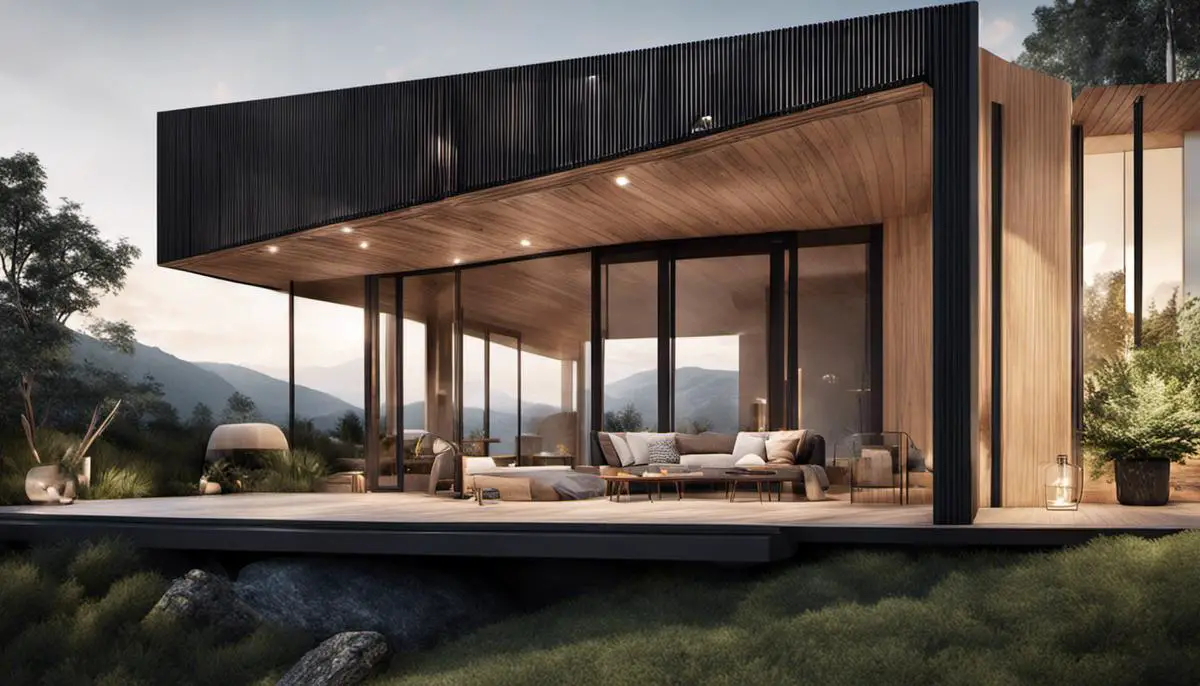
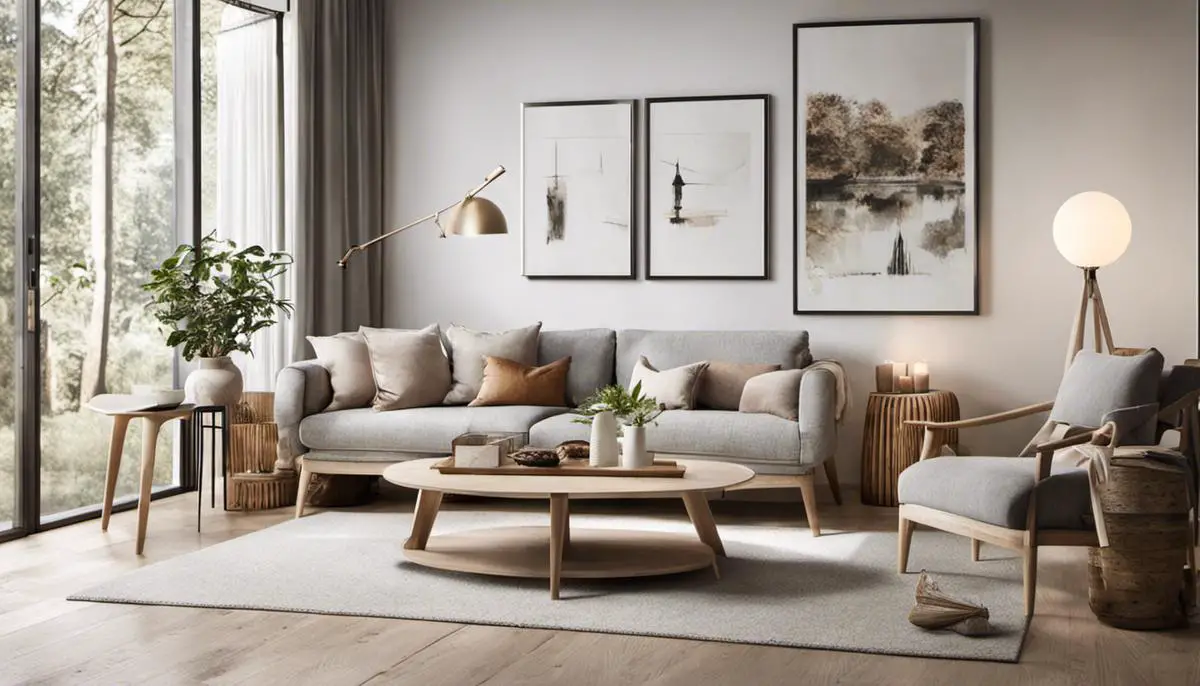

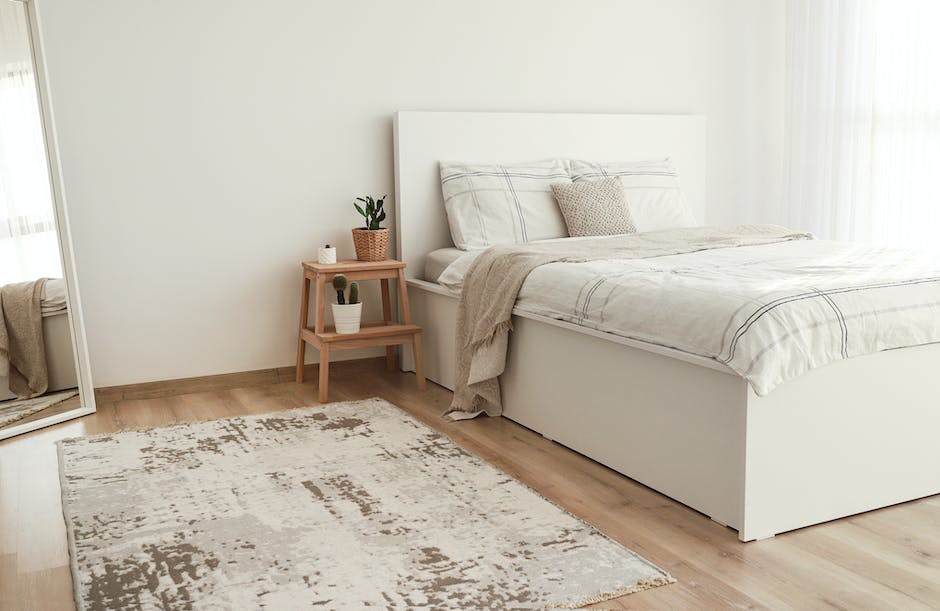
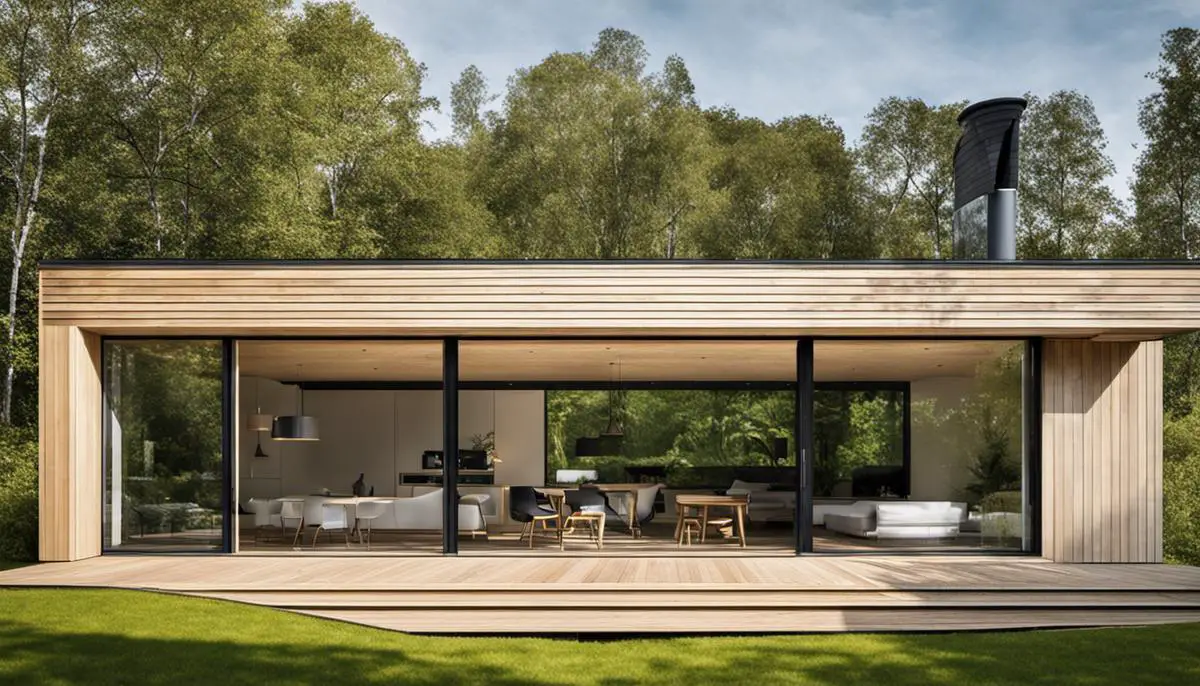
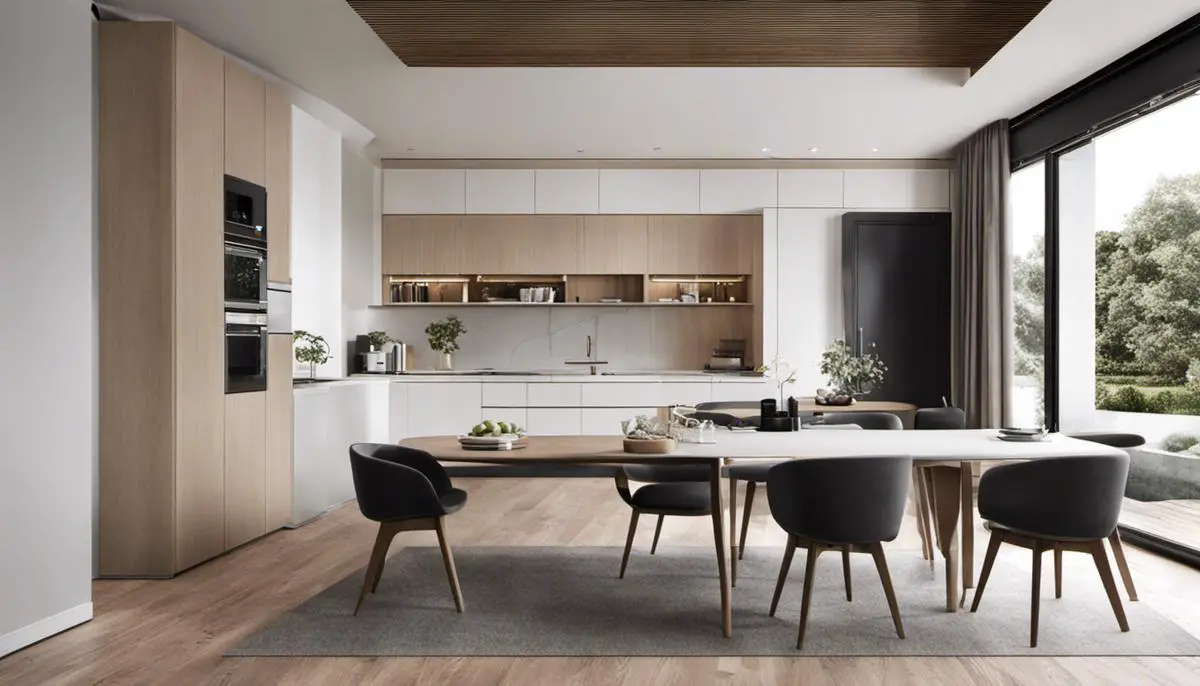
Leave a Reply